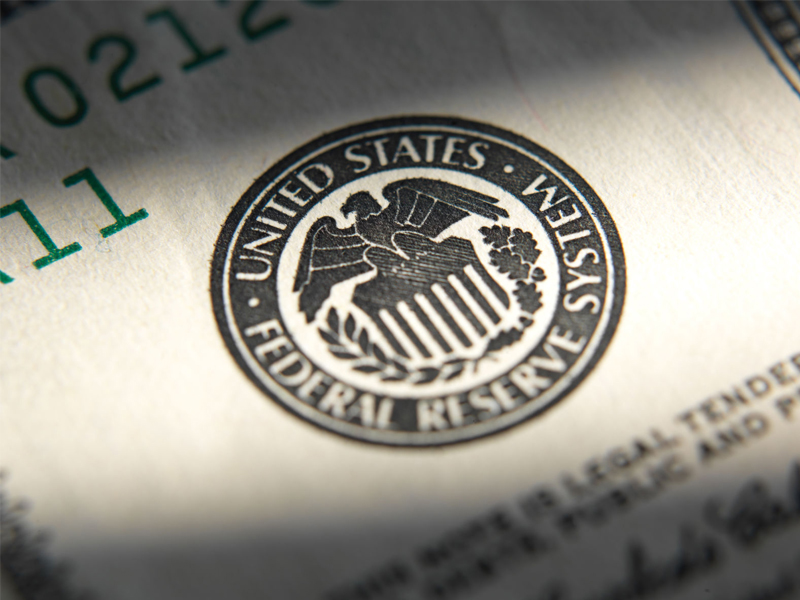
U.S. consumer prices were unchanged in January, as lower gasoline prices offset the rising costs of housing, clothing and medical care.
The Labor Department said the consumer price index rose only 1.6% last month from a year earlier. That matched the slowest pace of annual inflation since June 2017.
Inflation has been tempered by a 10.1% plunge in prices at the gas pump over the past 12 months. But housing expenses—the dominant part of the index—have risen 3.2%.
The relatively modest level of inflation suggests that recent wage gains have not spurred higher inflation. Average hourly earnings have improved 1.7% over the past 12 months, a solid gain from an increase of just 0.7% a year ago.
The Federal Reserve has been cautious on plans to increase interest rates, after four hikes to a key short-term rate in 2018 after deficit-financed tax cuts caused economic growth to accelerate. But amid signs of slowing growth despite robust hiring and a 4% unemployment rate, the relatively low level of inflation close to the Fed’s 2% target has reduced pressure to continue increasing rates.
Nothing in today’s consumer price data will “sway the Fed from doing what it’s doing now, which is nothing at all on rates until the economy provides more evidence on how it’s holding up in 2019,” said CIBC chief economist Avery Shenfeld in emailed commentary.
Leslie Preston, senior economist at TD bank, said inflation is having “a goldilocks moment—essentially right on the Fed’s target, with little indication it will shift in either direction soon.”
Excluding the volatile energy and food categories, core prices increased 0.2% for the fifth month in a row. For the third straight month, core prices were up 2.2% from a year ago.
On a monthly basis, clothing costs jumped 1.1%, the largest gain in 11 months. Medical care services rose 0.3% on a monthly basis, as did housing costs.